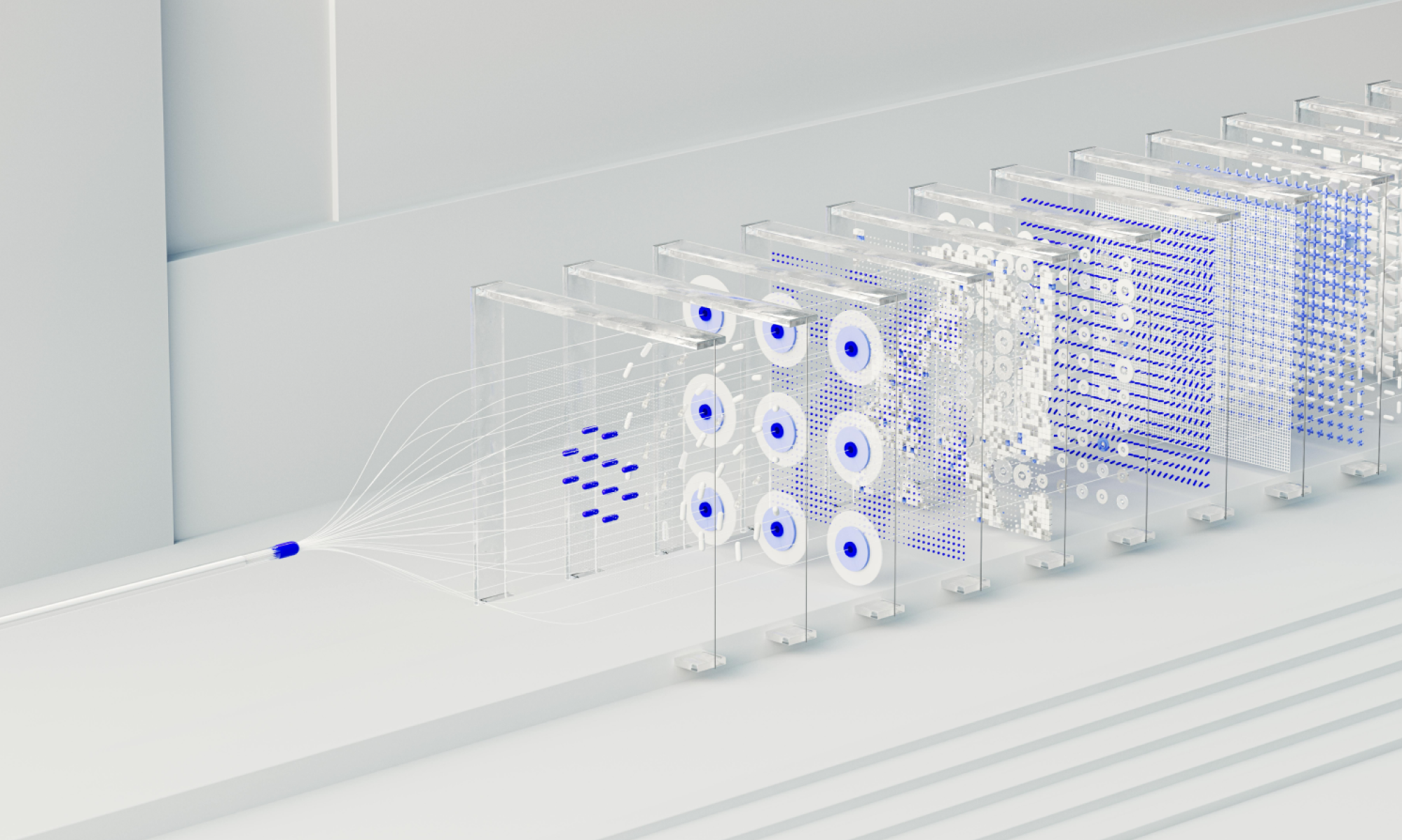AI
our blog
AI hype vs. AI that helps

AI. AI. AI! It’s everywhere right now. Every tool seems to be “powered by AI,” and every product demo promises something “intelligent.” But while the hype is hard to ignore, it doesn’t always lead to something useful. Flashy features are easy to sell, but not all of them solve real problems.
At Studio Graphene, we’ve worked with enough teams to see the difference between AI that’s just for show and AI that actually helps. The most useful applications aren’t trying to reinvent everything - they’re clear, focused and often surprisingly simple. They solve a specific problem, improve something measurable like time, cost or quality and are honest about what they can and can’t do. You don’t need a grand vision or a full transformation plan to get started - just a clear use case and the ability to test it in a small, low risk way.
One of the easiest traps to fall into is starting with the technology: “we want to use AI.” But that’s the wrong place to begin. You have to work backwards from the goal. If the priority is reducing operational costs, start by identifying the bottlenecks, then explore whether AI can help fix them. If it’s about improving customer experience, look for moments of friction or gaps in personalisation. Ask the right questions early: Do we have the data? Will this actually make a difference? Can we test it quickly, ideally in a couple of sprints? And finally, would we still do this if it didn’t have the AI label? If the answer is yes, you’re on more solid ground.
Over the last year, we’ve helped clients design and build AI powered tools that do very practical things - automating repetitive internal tasks, speeding up decision making, improving how teams handle and interpret data. One of our recent projects involved working with an Australasian airport to train a machine vision model that detects children on luggage carousels. It sounds simple, but it solves a real safety risk, reduces pressure on staff and doesn’t rely on major infrastructure changes. That’s AI that works - not because it’s advanced, but because it’s appropriate. None of these projects were built for headlines. But they delivered real results.
That’s what we think matters. Not next gen, game changing, buzzword packed promises. Just well considered ideas, tested fast, focused on outcomes. AI should help, not just hype.









